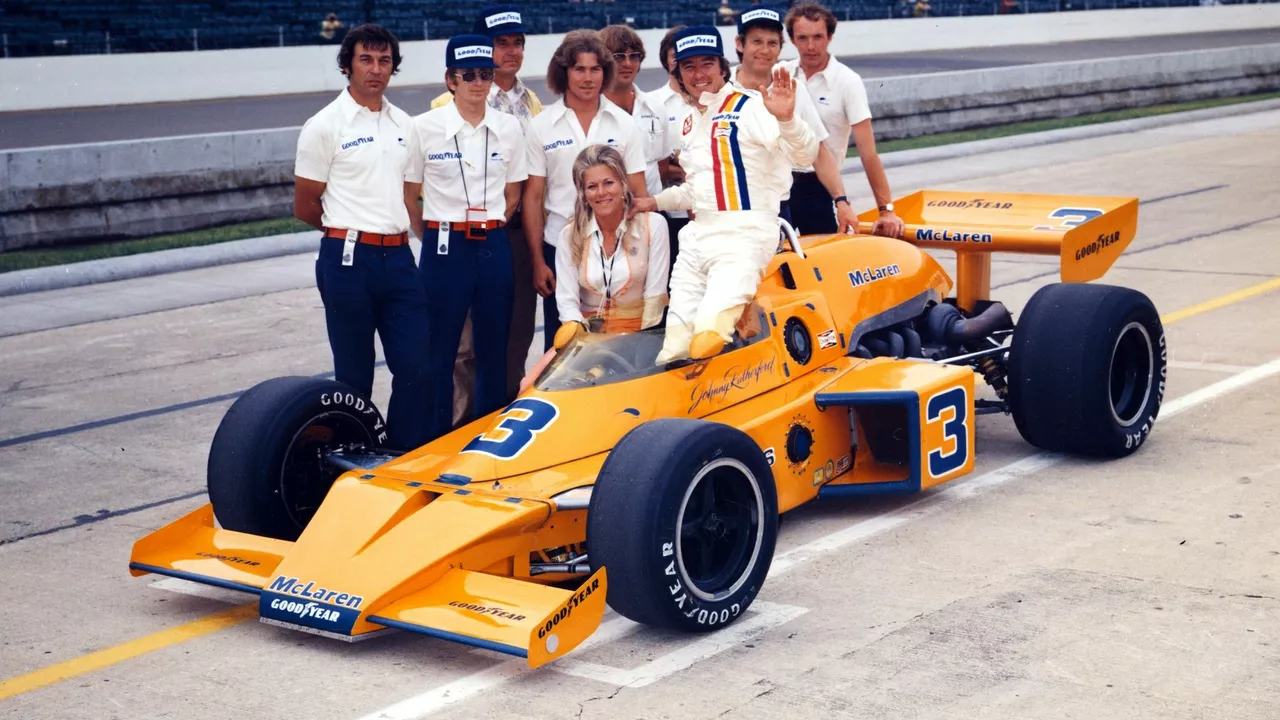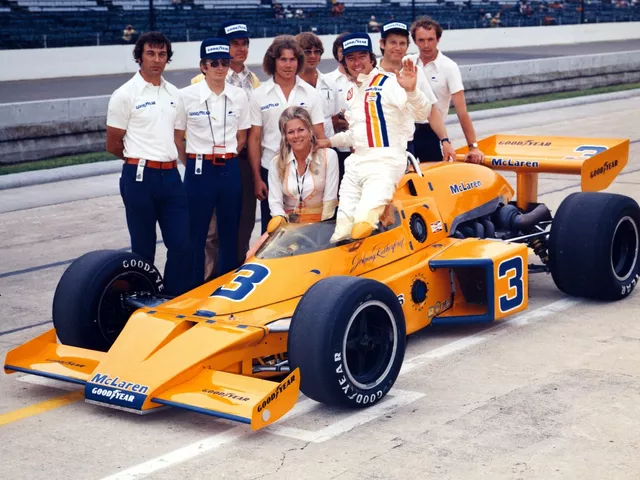Racing Career: How to Start, Grow and Stay Ahead
If you’ve ever dreamed of hearing the roar of an engine and seeing the checkered flag, you’re not alone. Turning that dream into a real racing career takes more than just talent – it needs a plan, some hustle and a lot of grit. In this guide we’ll break down the steps you can take right now, whether you have cash in the bank or you’re scraping together every penny.
Getting Behind the Wheel Without Breaking the Bank
Money is the biggest roadblock for most aspiring drivers. But the internet is full of ways to cut costs. Volunteer at local tracks, become a pit crew assistant or help with event setup – you’ll learn the ins and outs of a race weekend while making useful contacts. Join a car club; many clubs run affordable track days where you can rent a race‑ready car for a few hundred pounds. Sponsorship is another route – start a social media page that documents your progress, post regular updates and reach out to local businesses that share your passion.
One common piece of advice is to look for “pay‑to‑drive” scholarships offered by racing schools. These scholarships often cover a full weekend of instruction and give you a chance to showcase your speed to talent scouts. It’s also worth checking out entry‑level series like club racing or super‑lite karting. The competition is fierce but the entry fees are manageable, and you’ll get seat time that looks good on a resume.
Boost Your Skills on Track and Off
Driving fast is only half the battle. Understanding the car’s mechanics—like the best rear‑end differential for grip—can give you an edge. Limited‑slip differentials (LSD) are popular in racing because they keep both wheels turning together, improving traction out of corners. Knowing when a helical LSD is a better fit than a clutch‑type can impress engineers and team owners.
Study racecraft techniques such as slipstreaming. In MotoGP riders use the slipstream to shave seconds off a straight, and car drivers can do the same on long circuits. Positioning your car just behind a faster car reduces drag, letting you pull a pass at the perfect moment. Practice this in slower track sessions until it becomes instinct.
Physical fitness can’t be ignored. A strong core, good neck muscles and cardio will help you handle G‑forces and stay sharp for long stints. Even simple routines like planks, cycling and interval training make a noticeable difference during a hot race.
Finally, build a network. Attend motorsport expos, talk to engineers, and don’t be shy about asking for feedback after a run. A solid reputation for being professional, punctual and coachable can open doors faster than raw lap times alone.
Remember, every successful driver started somewhere – often with a borrowed car, a part‑time job and an endless supply of determination. Keep learning, keep pushing, and the track will eventually become your second home.
Who is John Casey IndyCar?
John Casey is a name that's been making waves in the IndyCar scene. He's not a driver, but he's a big player in the industry nonetheless. Casey is the founder and team owner of Juncos Racing, a team that competes in the IndyCar series. He's known for his dedication to the sport and his drive to foster new talent. Incredibly passionate, Casey's influence in IndyCar is undeniable.






